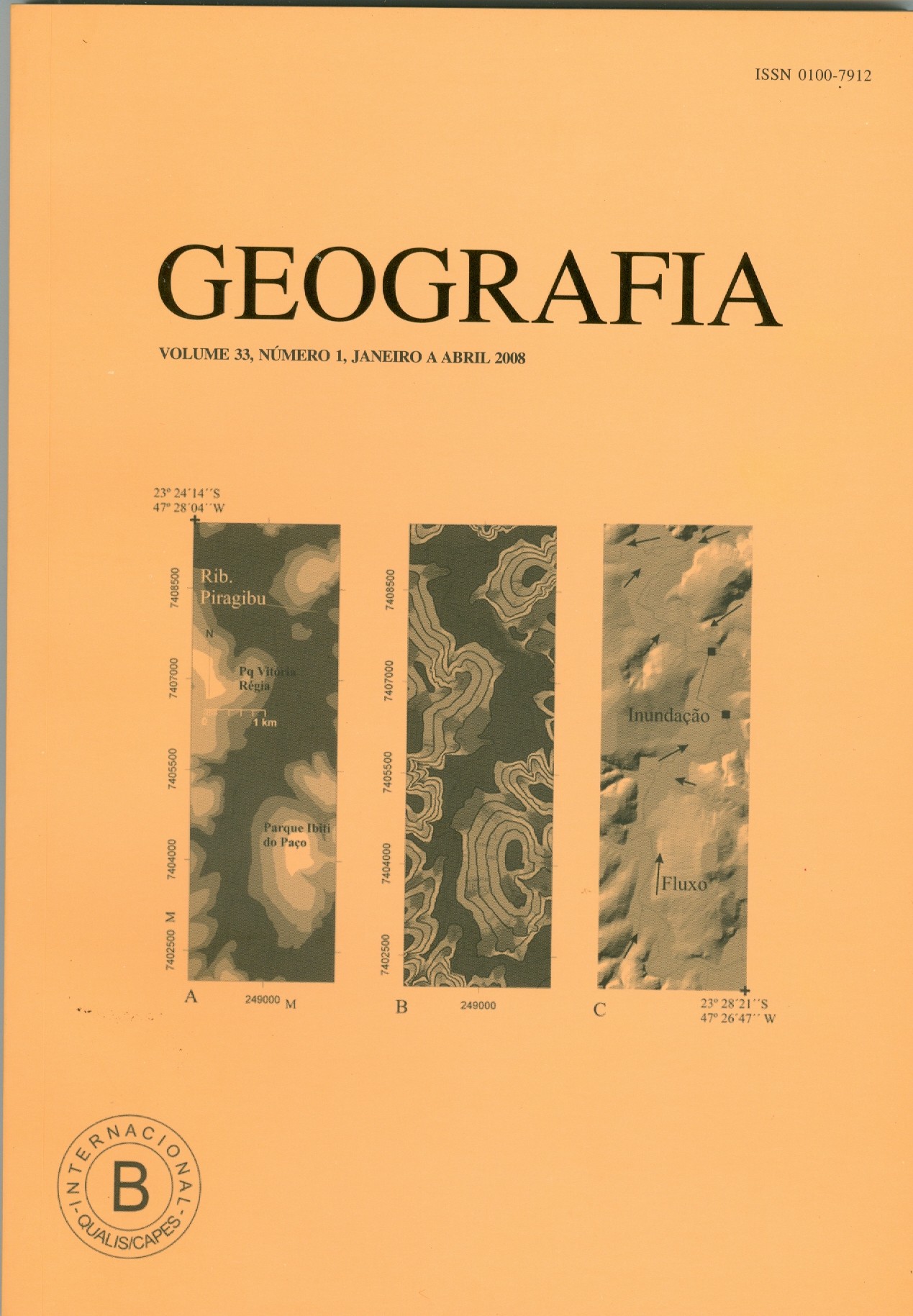Land use evolution in a water impounding Basin of Southwest Bahia
Abstract
The Impounding Basin of the dam of Água Fria I and II, in Barra do Choça (Bahia, Brazil), has a great strategic importance for the regional development, since it supplies nearly three hundred thousand people in a region which is poor in hydric resources. It stands out as a place where activities linked to land use, such as agriculture and animal husbandry, are practised. However, the replacement of the natural vegetation by intensive cultivation has brought about environmental modifications, which have caused damage related to infiltration and water storage. Hence, this study aimed at analyzing the changes in land usage and the occupation of the land in the aforesaid basin, from 1974 to 2004. Aerial photographs, on a scale of 1:100.000, panchromatic, SSRH V SACS – 1974, sheet SD 24-Y-A-III-1975, and satellite images from Landsat 5 TM system, on a scale of 1:50.000, color, in combinations of the bands 3, 4, and 5, up to the year 2004, were used in the process of analysis. The thematic maps were built using the Geographic Information System (GIS), and the Map Viewer 6.0 software. During the period analyzed, an expansion of coffee plantations (228%), other cultivations (45%), and pasture, as well as a reduction of the native forest areas (-74%) and secondary vegetation (-81%) were noted. In 2004, it was found that only 15.7% per cent of the area to be permanently preserved was occupied by forest. Key words: Environment. Geoprocessing. Soil. Coffee.Downloads
Published
Issue
Section
License
The authors maintain the copyright and grant GEOGRAFIA the right of first publication, with the articles simultaneously licensed under the Creative Commons BY 4.0 License, which allows sharing and adapting the articles for any purpose, as long as appropriate credits and provisions of image rights, privacy or moral rights. Other legal attributions can be accessed at: https://creativecommons.org/licenses/by/4.0/legalcode.en.
Geography, Rio Claro, SP, Brazil - eISSN 1983-8700 is licensed under the Creative Commons BY 4.0 License.





